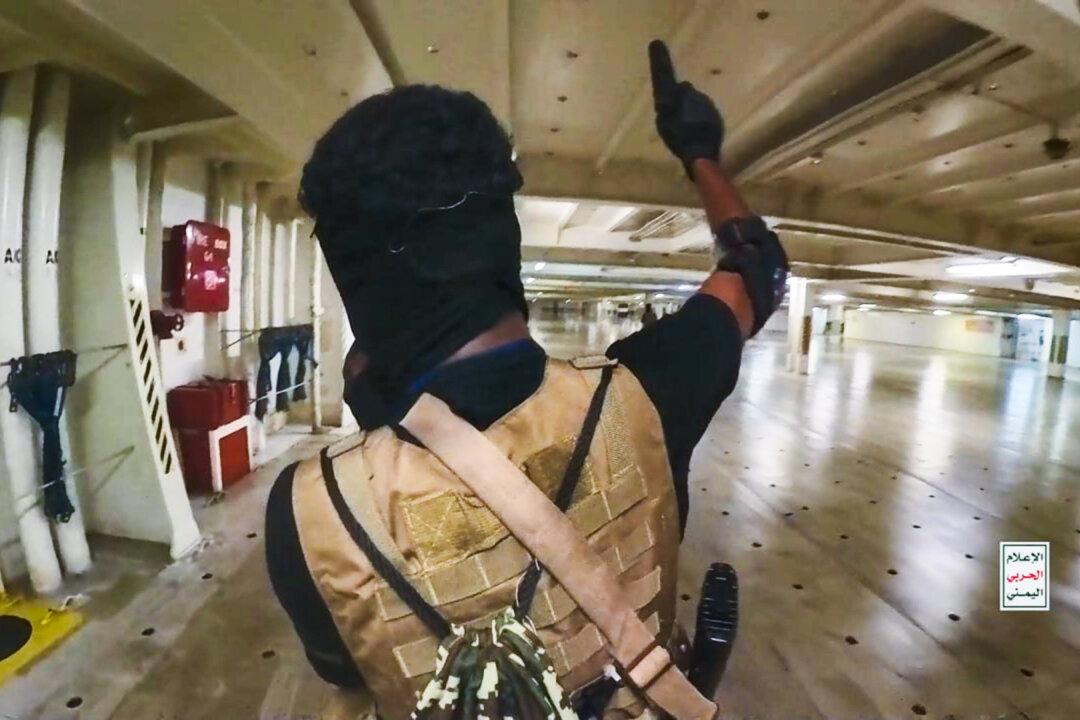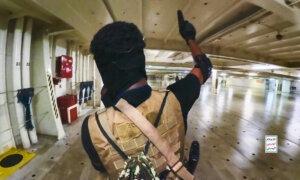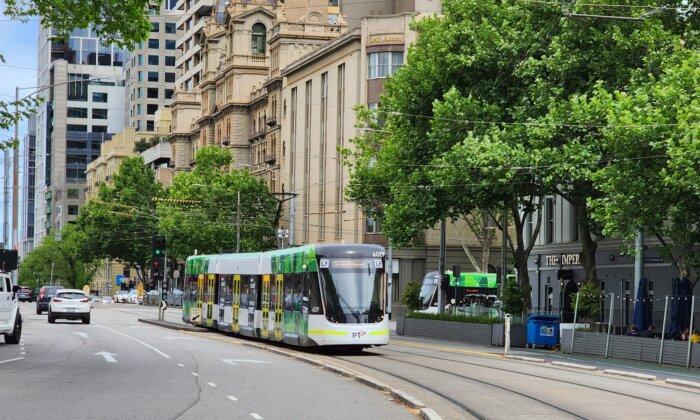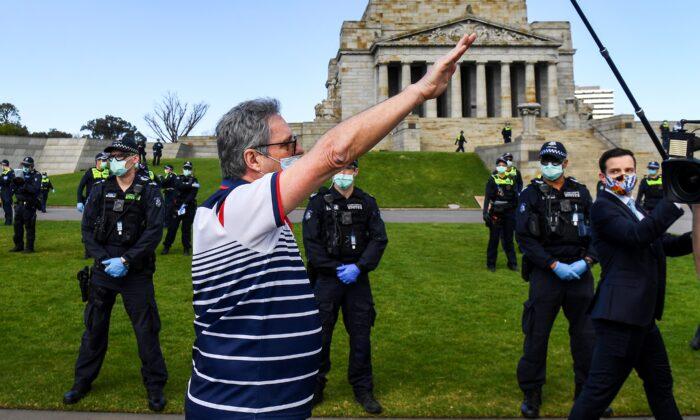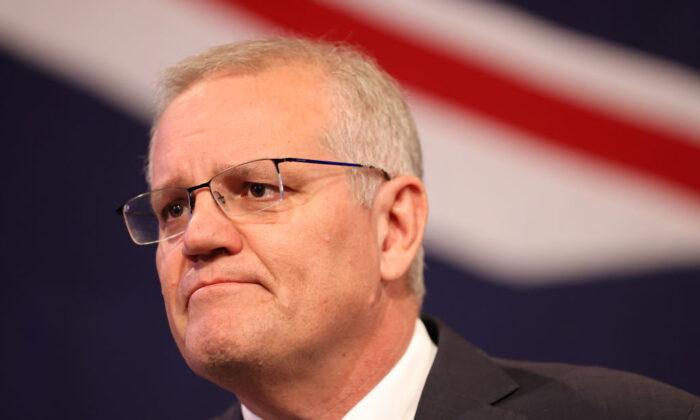Geopolitical tensions in the Red Sea are placing pressures on Australia’s agricultural sector through the disruption of international supply chains, according to agribusiness banking company Rabobank.
RaboResearch general manager Stefan Vogel is particularly concerned about Australian canola exports, given that the majority are shipped to Europe through the Suez Canal.
“Our prime markets in Europe are likely to get more complicated and expensive,” Mr. Vogel said.
“As they do usually pass through the Suez Canal, while canola shipments to the EU from our competitors in Ukraine and Canada do not.”
Rabobank economist Michael Every warned of unfavourable circumstances for Western nations should the crisis not be swiftly resolved.
“[While] things aren’t as bad as the last shipping crisis, they could still get painful if the Suez/Red Sea Crisis is not resolved soon,” Mr. Every said.
“The Red Sea/Suez Crisis, on top of the ongoing Black Sea/Ukraine crisis and the risk of others to follow, provides a fat tail risk of potential fresh waves of inflationary supply shocks for Western economies and financial markets, which are currently predicting nothing but easing price pressures and large rate cuts in 2024.”
Maritime attacks on cargo vessels by the Iranian-backed Houthi rebels from Yemen are making commercial ship owners reluctant to transport goods through the Red Sea and Suez Canal, one of the world’s chief trade routes.
The situation has sent shipping container rates soaring.
The Suez Canal is a crucial passage for trade between the Asia-Pacific/Oceania regions and Europe given that the only alternative is to divert ships around the Cape of Good Hope in South Africa, adding an extra 10 days’ sailing time.
Although Australian farmers will be impacted by a reduction in exports, most notably canola and red meat whose primary destination is Europe, imports like fertilisers are insulated from Red Sea tensions.
Timeline of Conflict Escalation
The tensions in the Red Sea began in mid-November and are a result of the ongoing conflict between Hamas—an Islamic militant organisation—and Israel in the Gaza Strip.After war broke out following Hamas’ surprise incursion on Oct. 7, rebels from the Houthi Insurgency—a revolutionary movement part of a civil war against the Yemeni military—fired four cruise missiles and 15 drones towards Israel in retaliatory support of Palestine.
On Nov. 14, following a sequence of failed missile strike attempts on Israel, Houthi leader Abdul-malik al-Houthi announced that his organisation would begin targeting Israeli ships in the Red Sea.
Days later on Nov. 19, the Houthis successfully captured an Israeli-owned, Japanese-operated cargo ship via helicopter, taking 25 crew members hostage.
Attacks on commercial vessels began to intensify in early December, when the rebels announced they would target all ships heading to Israel regardless of their nationality until Gazan residents were delivered sufficient food and water.
In the two weeks after this announcement, several Houthi attacks were launched. One was against a Norwegian oil tanker headed for Israel. Another two were drone assaults launched on both the Panamanian MSC Clara and another Norwegian-owned ship Swan Atlantic.
The conflict has since culminated in a crisis point, with Houthi forces launching their largest assault yet on Jan. 9, firing 21 drones and missiles towards commercial vessels.
UK defence secretary Grant Shapps has deemed the situation unsustainable for any longer, proclaiming on Jan. 15 that Britain will not simply stand by and accept the Red Sea’s prolonged closure for trade.
On Jan. 16, Australian Prime Minister Anthony Albanese declared Australia’s support for U.S. and UK military strikes on Houthi forces.
